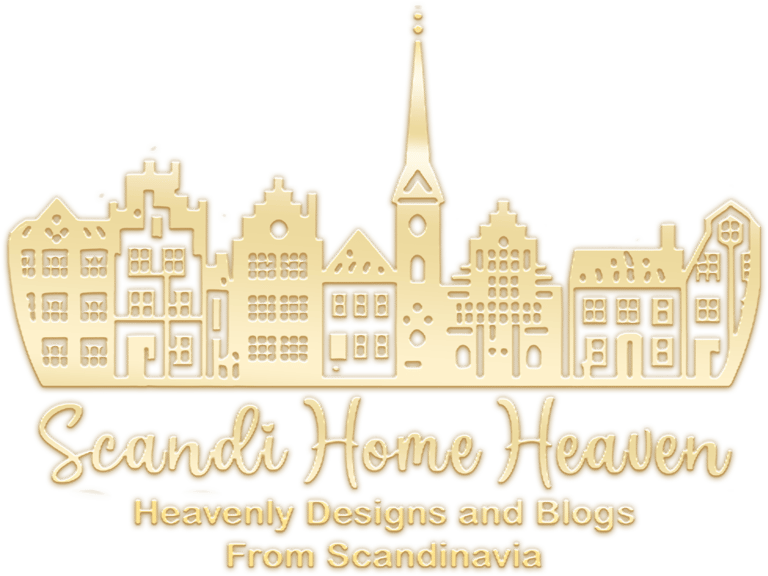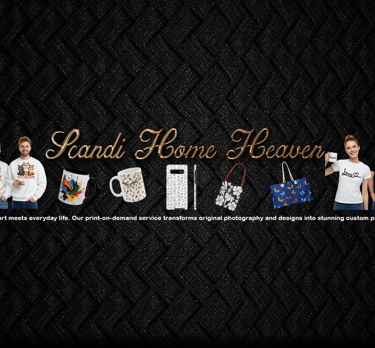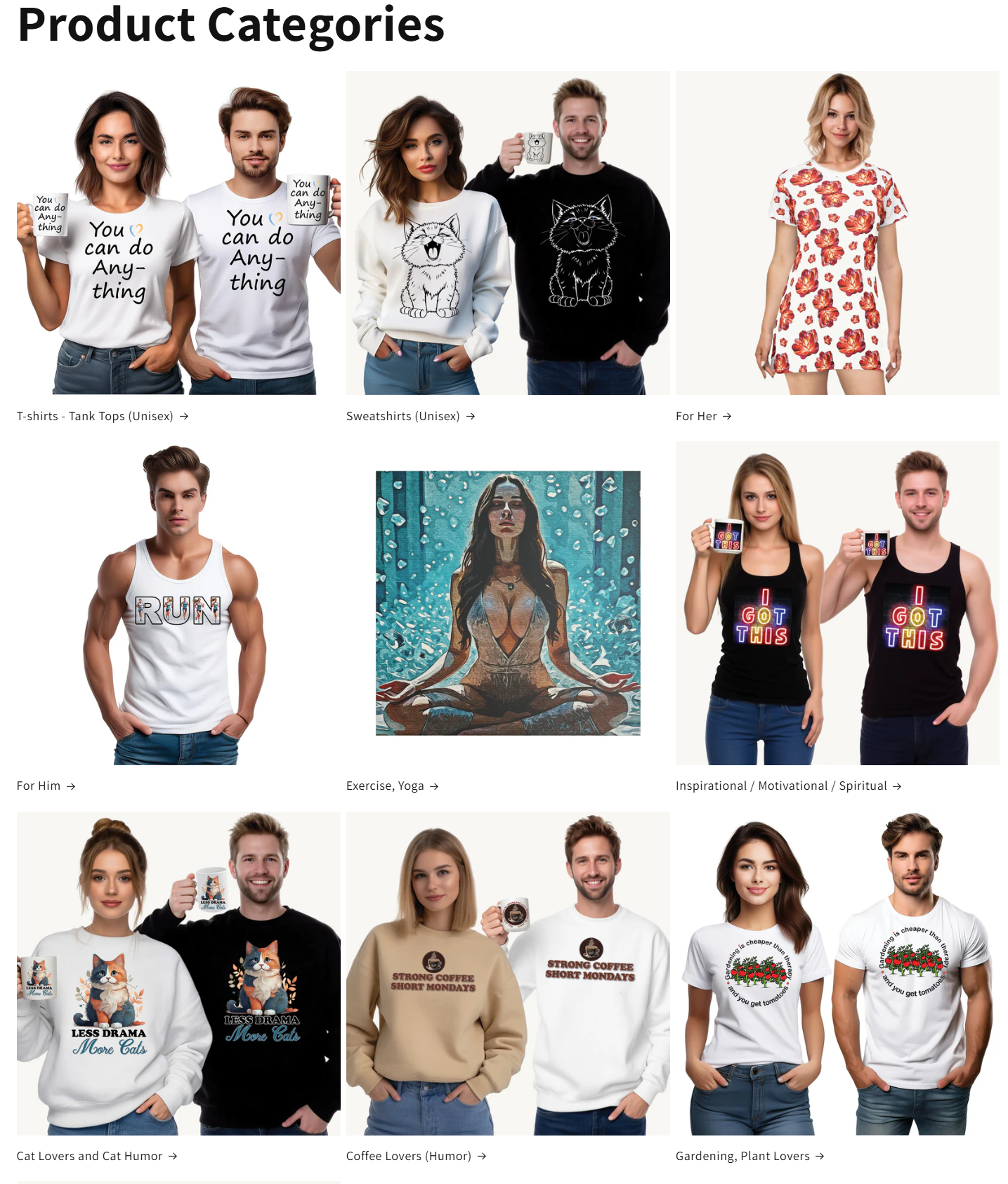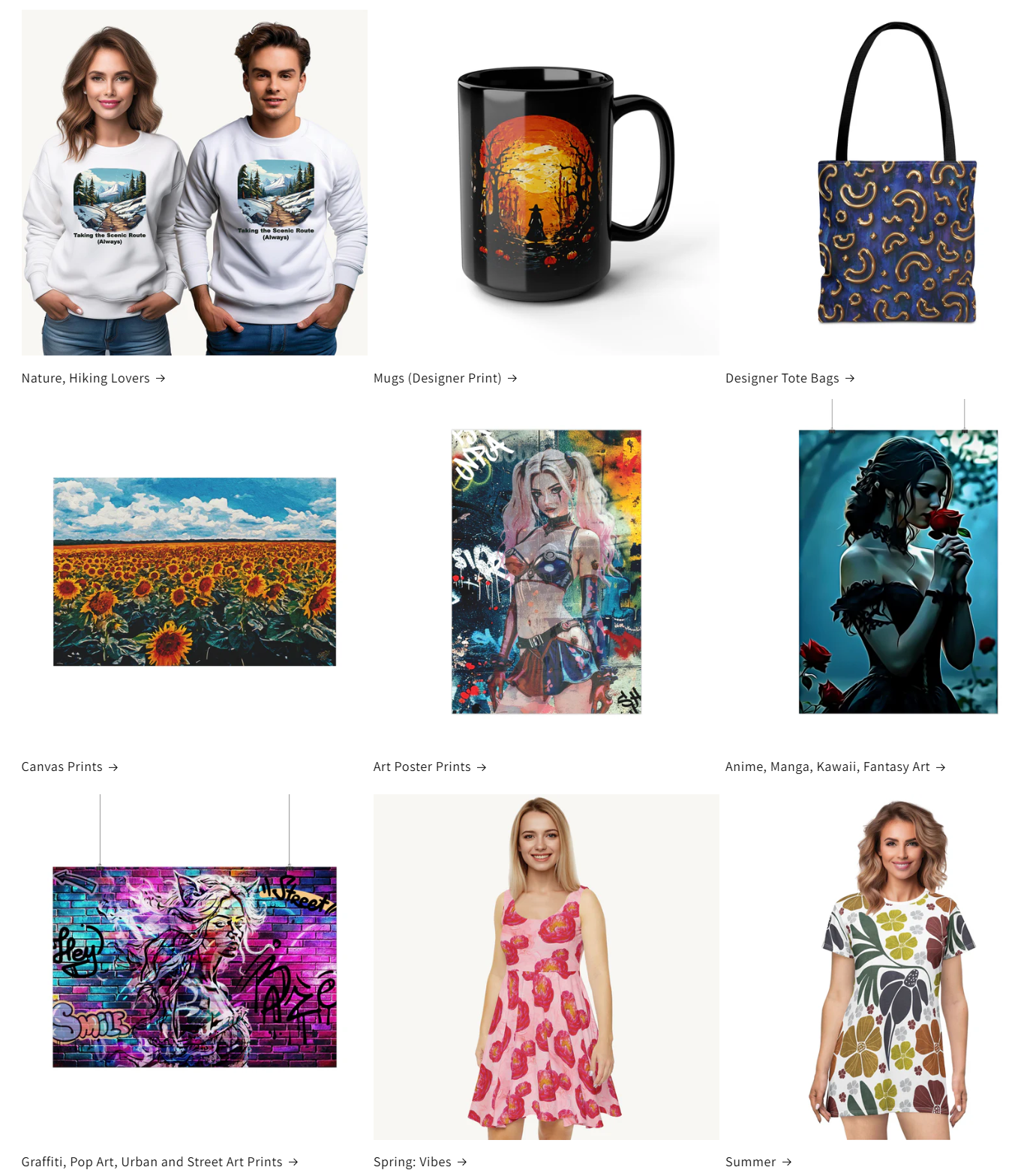The Ultimate Guide to "Hygge and Lagom, the way of Life in Denmark and Sweden"
Discover the unique insights into the way of life in Scandinavia through Denmark's hygge and Sweden's lagom, which emphasize comfort, balance, and well-being for a high quality of life.
HEALTH AND WELLBEING
Peter
6/9/20246 min read
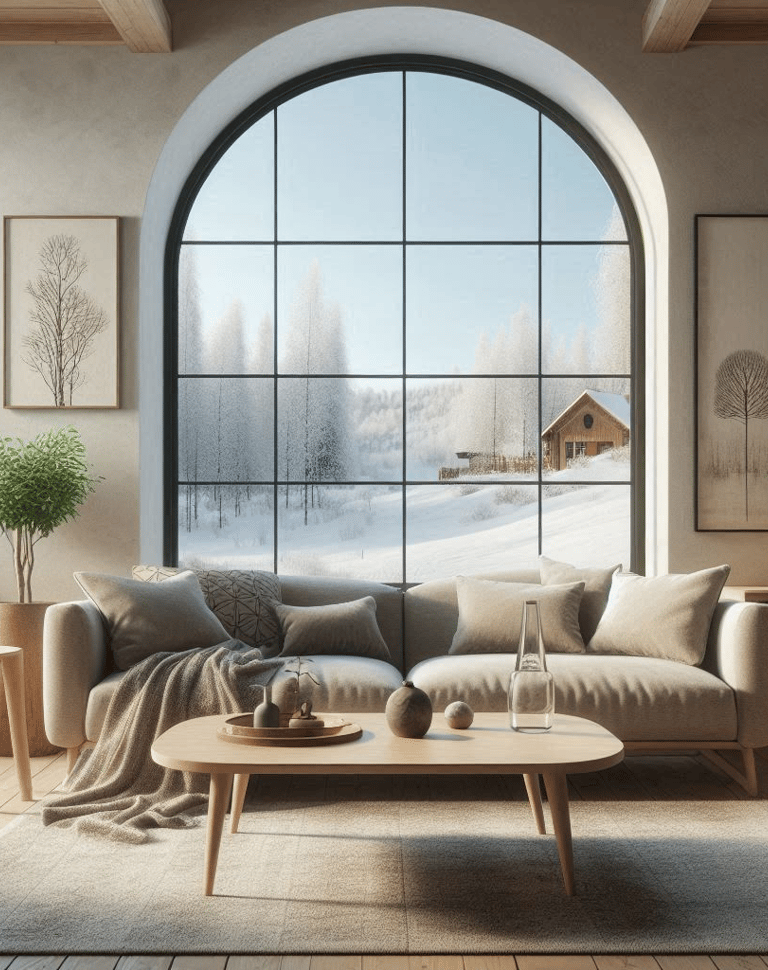

Hygge and Lagom, the way of Life in Scandinavia
Hygge:
The Danish Art of Coziness
Hygge is a Danish term that loosely translates to coziness. It encompasses a feeling of comfort, warmth, and togetherness. Hygge is about creating a sanctuary of peace and well-being, whether through physical surroundings or social interactions.
Hygge in Daily Life:
Home Environment: Danish homes often feature soft lighting, warm blankets, and cozy nooks. Candles are particularly significant, casting a gentle, flickering light that enhances the cozy atmosphere. Furniture and décor favor simplicity and comfort, creating spaces that feel inviting and warm.
Food and Drink: Meals and snacks are central to hygge. Enjoying a hot cup of coffee or tea, indulging in pastries, or sharing a home-cooked meal with friends and family are quintessential hygge moments. The focus is on savoring the experience rather than rushing through it.
Social Interactions: Hygge is inherently social. Small gatherings with friends and family, where everyone feels relaxed and at ease, embody the spirit of hygge. The emphasis is on intimacy and connection, often facilitated by shared activities like board games or storytelling.
Welcome to Scandi Home Heaven! We believe in transparency and want to disclose that some of the links on our site are affiliate links. This means that at no additional cost to you, we may earn a commission if you click through and make a purchase. We only recommend products and services we have personally used and believe will add value to our readers.
Your support helps us continue to provide high-quality content. Thank you!
Lagom:
The Swedish Principle of Balance
Lagom translates to "just the right amount" and epitomizes moderation and balance. It encourages a lifestyle where nothing is excessive, and everything is in harmony.
Lagom in Daily Life:
Work-Life Balance: In Sweden, work-life balance is a significant aspect of lagom. The Swedish work culture promotes reasonable working hours, ample vacation time, and a strong emphasis on family and personal well-being. Flexibility and fairness in the workplace are highly valued.
Sustainability: Lagom also extends to environmental consciousness. Swedes prioritize sustainable living through eco-friendly products, recycling, and minimalistic consumption. The principle of not taking more than needed fosters a respect for nature and its resources.
Diet and Health: The Swedish approach to food aligns with lagom's principles. Diets are balanced, incorporating nutritious and wholesome foods without overindulgence. The concept of fika, a coffee break enjoyed with a small snack, is a perfect example of enjoying treats in moderation.
Hygge vs. Lagom: A Comparative Insight
While hygge and lagom both promote well-being, they do so in different ways. Hygge focuses on creating moments of coziness and comfort, often through sensory experiences and social interactions. It’s about the immediate pleasure of warmth and connection. Lagom, on the other hand, is about finding a sustainable balance in all aspects of life, ensuring long-term happiness and health.
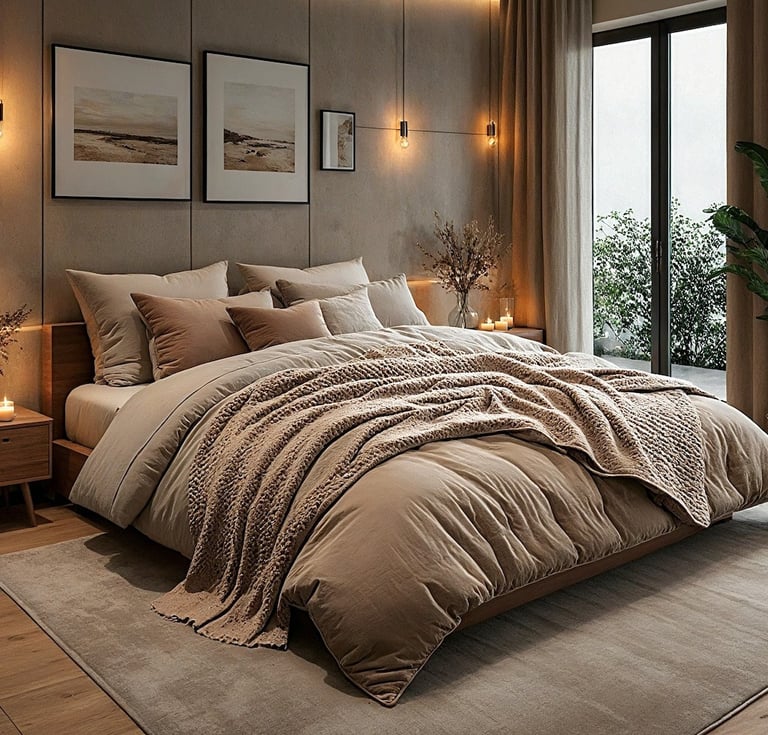

Cultural Products and Practices:
Home Décor: Hygge-inspired products include candles, woolen throws, and rustic furniture, creating a warm and inviting atmosphere. Lagom-inspired décor tends to be minimalist and functional, with a focus on sustainable materials and practical design.
Fashion: Danish fashion reflecting hygge often includes soft, comfortable clothing such as oversized sweaters and woolen socks. Swedish fashion, embodying lagom, leans towards practicality and simplicity, featuring clean lines and versatile pieces that are both stylish and functional.
Social Differences:
Community and Individualism: Hygge fosters a sense of community and togetherness, emphasizing the importance of close social bonds. It’s about enjoying the present moment with loved ones. Lagom, while also valuing social connections, places a stronger emphasis on individual responsibility and balance, encouraging people to find their equilibrium in both personal and communal settings.
Global Comparison: Compared to other parts of the world, the Scandinavian approach to life through hygge and lagom is distinct in its intentionality and cultural embedding. In contrast, many Western cultures, particularly in the United States, often emphasize productivity, consumerism, and individual achievement. This can lead to higher stress levels and a lack of work-life balance. Eastern philosophies like the Japanese concept of ikigai (reason for being) share some similarities with lagom in promoting balance and purpose but differ in their cultural expressions and practices.
Conclusion:
Hygge and lagom offer valuable lessons in creating a fulfilling and balanced life. While hygge invites us to find joy in the simple, cozy moments, lagom encourages a harmonious approach to living that avoids extremes. Together, they represent the Scandinavian commitment to well-being, fostering environments where people can thrive both individually and collectively.
Adopting these principles, whether through small changes in daily routines or broader lifestyle adjustments, can help people around the world cultivate a greater sense of happiness and contentment. In a fast-paced, often chaotic world, the Scandinavian art of cozy and balanced living offers a refreshing path to a more harmonious and fulfilling life.
Let's compare these concepts across the Scandinavian countries:
Danish "hygge":
Emphasizes coziness, comfort, and conviviality
Often associated with candles, warm drinks, and intimate gatherings
A key part of Danish cultural identity
Norwegian "kos" or "koselig":
Very similar to hygge, but perhaps with a stronger emphasis on nature
Can apply to both indoor and outdoor activities
Often involves shared meals, cabin trips, or enjoying nature
Swedish "mys" or "mysig":
Focuses on creating a warm atmosphere and enjoying simple pleasures
Often includes activities like watching TV under a blanket or having fika (coffee break)
Can be solitary or social
Icelandic "huggulegt":
Similar to hygge, but with an added dimension of hospitality
Often involves warmth and coziness in the face of harsh weather outside
Strongly associated with home and family
Finnish "kotoisuus":
While not Scandinavian, it's worth mentioning
Translates roughly to "homeyness"
Emphasizes feeling at home and comfortable, whether actually at home or not
Key differences:
While hygge has gained international recognition, the other concepts are more locally focused.
Norwegian kos and Swedish mys tend to embrace outdoor activities more than Danish hygge.
Icelandic huggulegt has a stronger emphasis on hospitality, reflecting the importance of shelter in Iceland's harsh climate.
Finnish kotoisuus is more explicitly tied to the concept of "home" than the others.
All these concepts share a common thread of creating warmth, comfort, and contentment in everyday life, reflecting the importance of coziness and well-being in Nordic cultures, especially during long, dark winters.
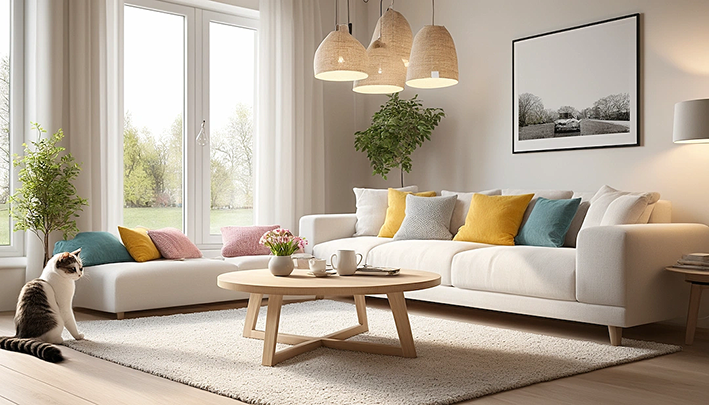

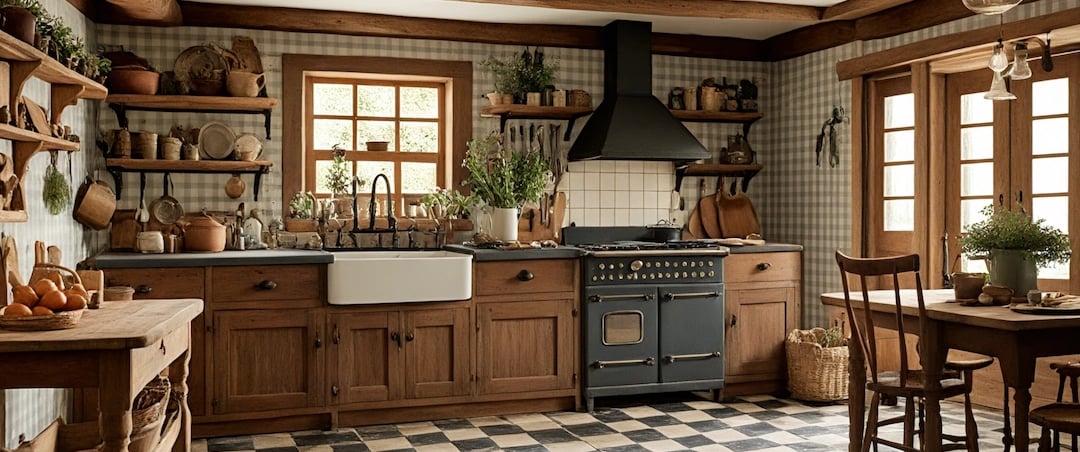

Welcome to my world of creative expression! Based in the heart of Copenhagen but reaching customers worldwide, I bring over 500 unique designs to life on t-shirts, hoodies, mugs, and more. Passionate about graphic design, I combine Nordic inspiration with global appeal to offer stylish, high-quality merchandise through Shopify/Printify and Teepublic. Whether you’re looking for a cozy sweatshirt or a personalized Coffee Mug, each product is crafted to make everyday moments extraordinary.
Explore, express, and enjoy!
Advertisment for our Merchndise Shop
